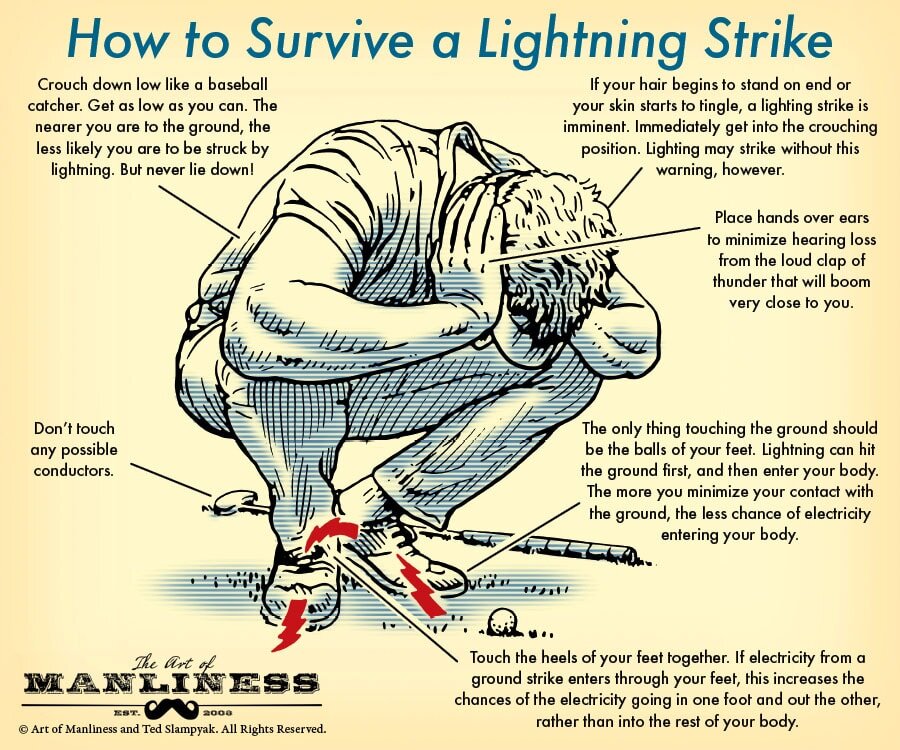Schedule
Race begins and ends in the town of Creede, CO
July 26, 2024
EARLY PACKET PICK UP: Time will be emailed at a later date. In Creede behind the Kentucky Belle Market. No drop bags accepted at this time.
RACE DAY - July 27, 2024
PACKET PICK UP, SIGN-IN & DROP BAG DROP-OFF: 6:30am - 7:30am in Creede behind the Kentucky Belle Market
PRE-RACE MEETING: 7:45am at the start line
RACE START: 8am
July 28, 2024
RACE ENDS: 11:59pm (40 hour cut-off)
Qualifications for Creede 100
From the time your are young, you are told what to do (or NOT to do) - don’t climb so high in the tree, don’t run down that hill you’ll trip and fall, don’t jump your bike over that ditch, don't go into the woods too far you’ll get lost and on and on and on. Well we think adventures are fun! Who are we to say no, you cannot try to push yourself and see what your mind and body can do. We welcome anyone who wants to challenge themselves. Heck, many of our early races were disasters that we struggled through because we had no clue what we were doing; but we did it, we learned and we created memories. Now that is not to say we do not care about you and your well being. Creede 100 is not easy. You do need to be self sufficient and should have experience in the outdoors over rugged terrain, varying and ever changing weather conditions and wild animal encounters. So please join us out on the trail no matter your level - every one needs to begin their story somewhere.
Required Gear
As with most mountainous and higher elevation races, the weather can change drastically at any time. If you are not used to elevation, you may be moving slower than anticipated so make sure you are prepared for anything at any time. Even though it’s August, nights can get cold.
Emergency rain poncho at all times (It’s not just for rain! It can make all the difference if you get cold and need another layer)
Headlamp at all times and two light sources (primary source + backup) during the night
Extra layer (long sleeve T-shirt or greater) during the night
Whistle
Buff or some sort of hat & gloves strongly advised
CORSAR CARD
We do require that all runners (and pacers) must purchase a CORSAR card. Accidents happen no matter how careful one is, and as outdoor explorers we love and appreciate those who risk their well-being to help us in times of need.
The card costs $3 for one year or $12 for five years. By purchasing the Colorado Outdoor Recreation Search and Rescue (CORSAR), you are contributing to the Search and Rescue Fund. This allows for local SAR teams and organizations to be partially reimbursed for their costs incurred during rescues.
Note that this is NOT an insurance card and will NOT reimburse individuals for medical costs and transportation in case of an emergency.
You will be asked to show the card at packet pick-up, but no need to carry it during the race. If you have a current CO fishing license, you do not need to purchase a CORSAR card.
Purchase Card Here
Drop Bags
Runners are allowed drop bags at Spring Creek AS (#2 & #8), Lost Trail AS (#5) and Willow Creek AS (#9)
Drop bags must clearly be labeled with your bib #, last name and aid station location
Please keep drop bags to a reasonable size and only one drop bag per runner at each location
Drop bags should be waterproof and made of durable material that can close tightly
We are not responsible for lost or stollen material
Drop bags should be dropped off during runner check-in the morning of the race from 6:30am - 7:30am. No drop bags will be accepted after 7:30am.
Unclaimed drop bags maybe be shipped back at runners cost.
Runner Rules
So the rules are pretty much the standard rules at all races.
You must check-in prior to the race start
No receiving aid outside of aid stations or specified locations
No course cutting or short cuts
You must check-in at each aid station
Your bib must be seen at all times
If you decide to drop out, you must notify aid station personnel.
Crews & Pacers must obey all rules - you are at risk of DQ for their actions (ie parking, speeding on course, rude crews, unruly dogs at AS)
No littering
No PEDS
You must obey all USFS rules - including burying waste if needed. Leave no Trace
Respect other trail users. The trails will be open to hikers, bikers, dirt bikers and ATVs. Always yield to horseback riders.
If you need medical treatment such as IVs or supplemental oxygen, you will be pulled from the race. Medical staff has final say on if a racer will be allowed to continue on.
Obey race staff - DO NOT BE RUDE - All decisions by medical personnel or aid station staff are final
Dogs are not allowed in the race. See crew rules for other dog restrictions.
Respect private property
Awards
While we sincerely applaud each and every one of you that had the courage to sign up, train and be at the starting line for the race, awards will only be given to those that cross the finish line in the allotted amount of time. Your hard earned belt buckle will be given to you at the finish line. The top female and male finisher will also be awarded their prizes when they cross the line.
Animals and Weather
You know how sometimes you get that feeling like you are being watched? Well guess what, you are in the woods and you are not the only ones out there. There is a good chance that something does have an eye or two on you. This course will have you traversing some beautiful country that many critters and creatures call home. While most encounters with our scaly and furry neighbors are non-life threatening, it is in your best interest to have some basic knowledge on your side to keep it that way.
Rattlesnakes: Rattlesnakes don’t want to hunt you down and bite you. They would much prefer to be alone and stretch out and enjoy the warm sun. Given the chance and time, they most likely will slither away and be on their merry way. They do not have external ears, so they will sense vibration like your footsteps as you approach. In most cases, this vibration will put them on-guard and they will give you their characteristic rattle warning sound. They don't want you to step on them so they usually will do their best to say hey you, stop right there, I’m right here! But Mother Nature did a great job in dressing them, so they blend in very well with the surroundings and if you are bombing down a hill there may not be time for them to communicate with you. So you need to do your part to watch out for them.
Stay Alert and Look Ahead - Always look several yards ahead of you and not just where your next step will be (we are runners so hopefully you already practice this as to not trip over rocks and roots). We do not have a no music policy, but it would be in your best interest to keep your ears open for that very distinct rattle sound. I am guessing you are very near to a phone or computer at this moment, so it you are new to rattlesnakes I’d suggest you pull up a video and familiarize yourself with the sound. Rattlesnakes are good at camouflaging themselves, so ALWAYS look in the grass along the trail and roads if you are stepping aside for another hiker or runner. If you use poles, it’s not a bad idea to poke around before stepping off trail. We joke that there are many good sitting rocks and logs along the trail that we refer to as “ass magnets”, so if you feel the need to take a break look before resting.
Keep Your Distance and stay Calm - If you should come upon a rattlesnake, give it plenty of space. A rattlesnake can strike up to half his body length and if it is coiled, that may be farther than you think. You are big and the snake is small, so it will be scared of you. Stay calm and do not make any quick movements. Slowly back away from the snake and if the snake does not move, you should take a wide route around it (don’t worry we won’t yell at you for cutting the course in this case).
If Bitten - STAY CALM! Seek medical attention immediately.
Elk and Mule Deer: These guys are more likely to scare you while coming around a turn than cause any harm, but like with all wild animals give them their space. They will most likely run off, but bull elk and male deer can be aggressive during mating season.
Bear: Good news! We do not have Grizzly bears here in Colorado, but we do have black bears (which can be black, blonde, cinnamon or brown in color). More often than not, the bear will be scared of you and run off. The bear won’t look at you and think, yay lunch! It’s more often the case that you surprised the bear and it is scared. DO NOT RUN AWAY. If you do come up on a bear, slowly back away and leave the area. Talk loudly or make noise by banging sticks so the bear is aware of your presence.
Bears are most dangerous to you if you startle or surprise them or if you encounter a mother and her cubs. When a black bear feels threatened, it may false charge you. It is best to stand your ground and not run. The bear may stop just short of you and snort, but then leave. If the charge is not false and you find yourself one-on-one with the bear, best thing to do is ball up, cover your head and stomach and play dead for 10-20 minutes. A mother bear is just trying to protect her young, so once you are not a threat she will leave.
Mountain Lions: Mountain lions are stealthy and smart. For the most part, mountain lions want nothing to do with humans and don’t want to be seen. But just because you don’t see them, doesn’t mean they are not there. We have come upon numerous mountain lion and bear kills on the trails over the last year. While mountain lions normally go after smaller sized prey like rabbits and foxes, a mountain lion will take down an elk or deer; so don’t think your size will deter it from thinking yay lunch (unlike the black bear). So if you do encounter a mountain lion, your job is to make it realize you are not lunch.
If you do cross paths with a mountain lion, do not approach it. Give it space to run away because most do not want a confrontation.
Stay calm and talk to it in a firm voice. Your job is to convince it that you are not prey. So unlike prey, DO NOT RUN AWAY or turn your back to the animal.
Back away slowly. Face the lion and make yourself look as large as possible by opening your jacket or raising your pack or sticks to make yourself look like a large formidable opponent.
If the lion walks towards you or becomes aggressive, shout sternly and throw rocks, sticks or anything you can grab. If it should charge, mountain lions do not bluff. Fight back with everything you have. Your job is to convince it that you are not worth it.




